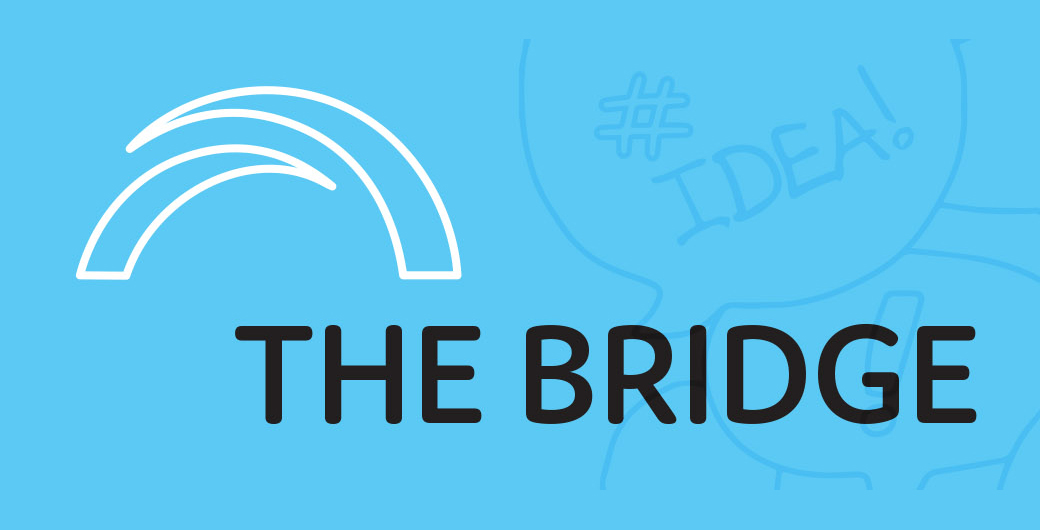
Over the past decade, there has been growing interest in design in the public sector. Service design aims to improve the experience of public services through a human-centred, iterative and collaborative process. A paper in Policy and Politics explores what is being designed and how service design is practised. It proposes that applying design for service can further the potential of design and support deeper transformation.
The role of design
Design methodologies emphasise creativity, curiosity and empathy through human-centredness, problem-solving, testing and iteration. These methodologies embed human-centredness during problem identification, understanding and solution development during iterative processes of ideation, development, testing and prototyping. The emphasis on participation and inclusivity is a central element of design’s appeal, especially in the context of public services.
Co-design actively involves citizens/service users and draws on their past experience to generate fresh ideas and support improvement and innovation. Users are invited to actively contribute as an essential resource throughout the design process, including idea generation and the development of solutions. Co-design also suggests a reconfiguration of power dynamics.
Design of services and design for service
Two types of service design are explored in the paper, according to whether the focus is on output (services) or experience (service).
Design of services seeks to capture the user’s complete experience or pathway of the service. Services are seen as having multiple components, including demand-side processes with which the user interacts and backend processes visible to employees. The aim is to understand and consciously design the entire pathway for each actor interacting with the service.
Design for service concentrates on the user rather than internal business processes. The participatory and creative elements of the design methodology offer experiential insights. Design of services assumes that by involving service users and by understanding their needs and experiences during development, the (re)designed service will create value.
About the research
The research involved analysing two case studies:
- The design of social security services in Scotland. Multi-disciplinary teams, including product owners, service designers, user researchers, business analysts and content analysts were responsible for design.
- The re-design of services for a UK borough council, a core element of which was digitalisation. This was undertaken by a consultancy in collaboration with council staff.
Twenty-eight semi-structured interviews were conducted across the two cases as well as analysis of documents such as service blueprints and user journey maps.
Research themes
The following themes emerged from the analysis.
Design of what
In both cases, human-centredness was evident. Design was implemented to establish and understand the needs and experience of service users. Based on this understanding, solutions were devised to improve the service. The emphasis was on improving the tangible and intangible elements of the services to meet needs and improve experiences.
Practice of service design
The use of multi-disciplinary design teams highlighted intra-organisational collaboration. The presence of skilled service designers supported organisational learning. Service designers were described as upskilling staff in service design methods, collaborative approaches and a human-centred mindset, potentially supporting cultural change.
Constraints on service design
Several constraints were identified across both case studies. This included the institutional context (procedures and rules) which constrained opportunities for creativity through quick and iterative testing. Hierarchical decision-making was also described as inhibiting creativity, especially the capacity to quickly iterate and re-design services.
The bottom line
The application of design in each case was a step-change in how public service design has been undertaken. There was a focus on needs and experience, collaboration, problem identification and solving with a holistic view of services. The analysis also suggests that the application of design principles changed the process and product of design and supported organisational learning.
The application of design in public service settings has further potential where it is accompanied by a deeper understanding of value co-creation. Understanding public services as the integration of various resources within a complex ecosystem underpins this. Service, rather than services, becomes the focus.
What it means for public managers
This research offers three implications for practice.
- Service design should be applied pragmatically. A one-size-fits-all approach to design is not appropriate for public services. Consideration of the type of service and the level of user interaction is needed when deciding the design approach and methods.
- Service must be understood in its complexity rather than its discrete parts. This requires an integrated view of both the front-end components of the service and the back-end operational processes. It should also the complex social and institutional factors that shape the various dimensions of experience.
- Service design requires flexibility to facilitate and embed creativity. This requires institutional change to reduce bureaucratic work practices and a commitment from senior managers to make available the time, resources and space for divergent thinking, testing and iteration.
Want to read more?
Design of services or designing for service? The application of design methodology in public service settings – Kirsty Strokosch and Stephen P. Osborne, Policy & Politics, February 2023
The article is available via individual or institutional access through a library service such as a university library, state library or government library.
Each fortnight The Bridge summarises a piece of academic research relevant to public sector managers.

Recent Research Briefs on service delivery design include:
- Published Date: 28 March 2023
